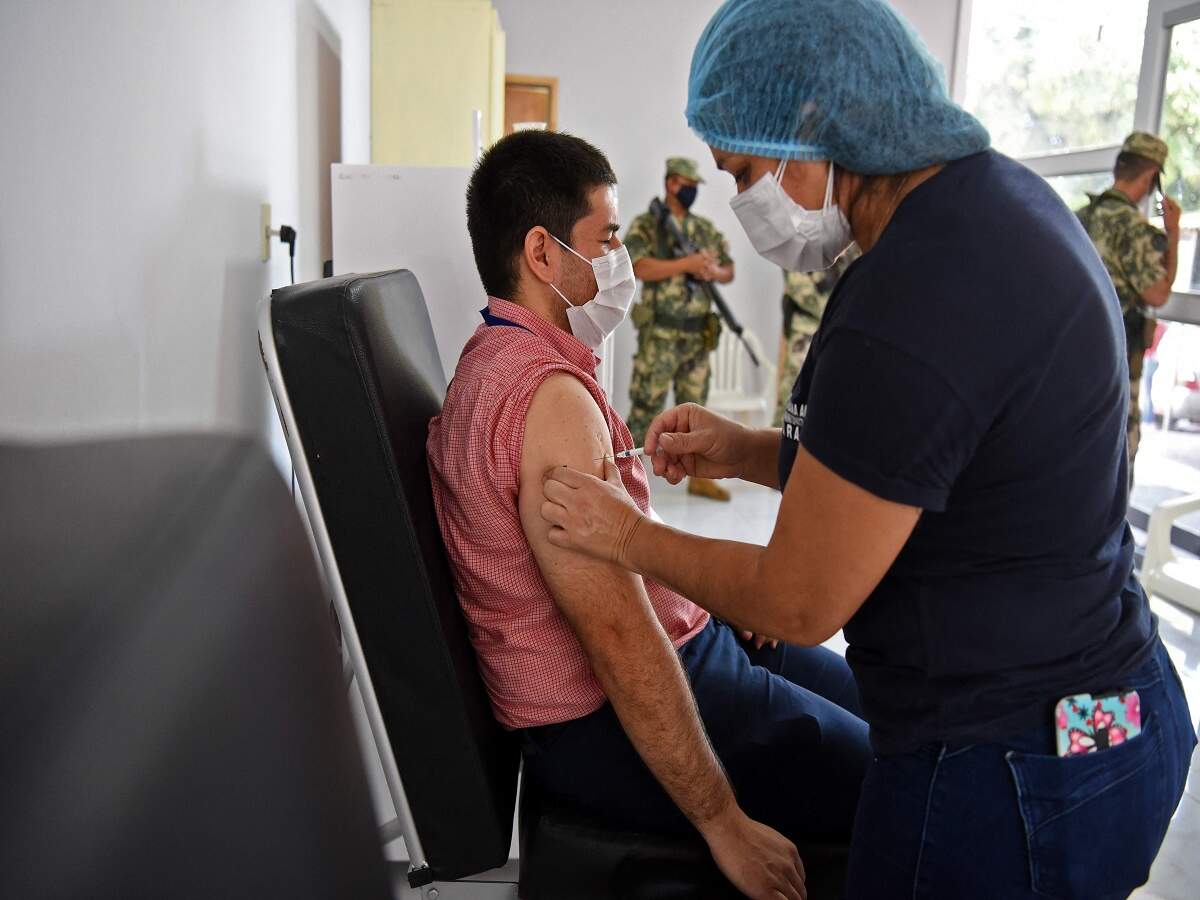India to increase Covaxin production to 100 million doses per month September

The Union government on Friday said it will amp up the production of the indigenously developed Covaxin vaccine to 100 million doses per month by September.
As part of its efforts to accelerate the development and production of indigenous Covid vaccines, the government is providing financial support as grant to the tune of approximately Rs 65 crore to Bharat Biotech’s new Bangalore facility.
“The current production capacity of indigenously developed Covaxin vaccine will be doubled by May-June 2021 and then increased nearly 6-7 fold by July – August 2021 i.e. increasing the production from 1 crore vaccine doses in April, 2021 to 6-7 crore vaccine dose/month in July – August. It is expected to reach nearly 10 crore doses per month by Sep 2021.,” said the Department of Biotechnology in a statement.
It further said the government is supporting 3 public sectors companies – Haffkine Biopharmaceutical Corporation Ltd , Indian Immunologicals Limited (IIL) and Bharat Immunologicals and Biologicals Limited (BIBCOL)- to increase the capacity of vaccine production.
Inter-ministerial teams had earlier visited the sites of 2 main vaccine manufacturers in India to get their inputs on how production can be ramped up.
The development comes at a time when vaccine stock of many states are running thin. Odisha and Andhra Pradesh have said today that they are running short on the vaccine stock and have asked Centre to send more supply.
Many other states, including Maharashtra, Rajasthan, Bihar and West Kolkata have earlier raised the alarm about vaccine shortage.
India is in the grip of the second wave of coronavirus, with cases going at an unprecedented pace. On Friday, India reported over 2.17 lakh cases, which is more than double the number of cases it reported during the peak of its first wave last year.



